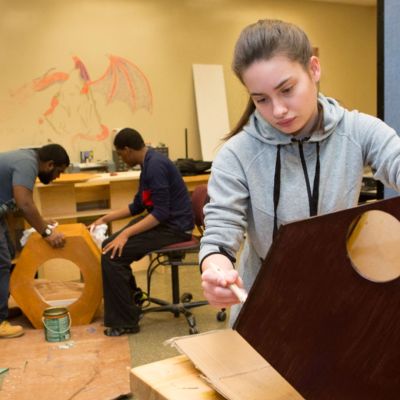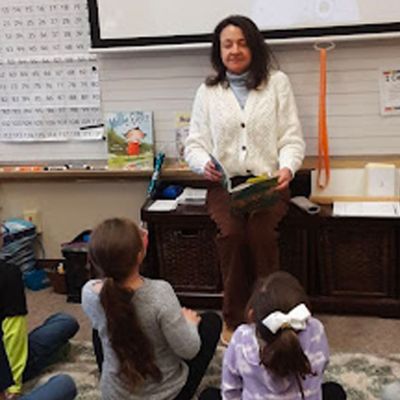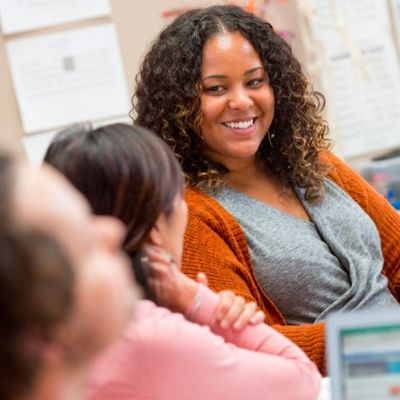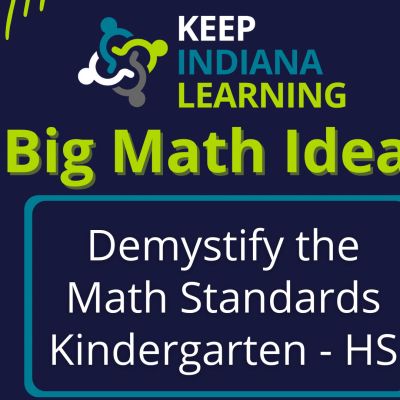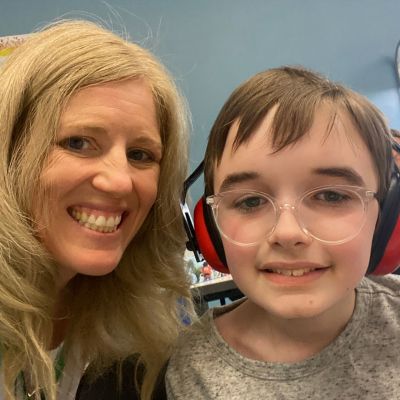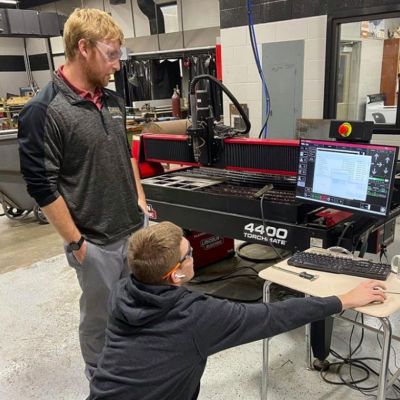Blog
STEM Synergy, a component of Keep Indiana Learning, offers comprehensive and customizable STEM related support services for educators, schools, and districts across the state. The sky’s the limit on customized support options. Meet STEM Synergy & explore how they can enrich experiences for your students.
While it’s easy to Google to find a worksheet, “easy” doesn’t mean “quality.” Explore these 5 quick shifts to move a worksheet from “meh” to “GREAT!”
These days, we hear a lot about high impact instruction frameworks to combat learning loss. Most often, we talk about these practices in theory, but how can they actually be applied to the classroom?
This post finishes exploring the six shifts we can take to maximize our literacy instruction by keeping the science of reading and balanced literacy in mind.
Being a freshman or a senior is filled with excitement, but there is also much worry in those years. Madysen, a recent high school graduate, offers advice to peers navigating the high school waters.
Building a trauma-informed school is a slow and steady process. It takes investment from all involved. Take a peak into one school’s in-progress journey.
Time is so precious, and summer minutes just fly by! We’ve compiled some words of wisdom from veteran educators about ending the school year well, spending the summer wisely, and starting next year on the right foot.
Mia & Erin are both passionate educators at different places in their professional journeys. As we all wonder about the future of education, take a moment to pause with them as they consider questions about special education from Jason, an adult with disabilities.
These Big Math Ideas for Kindergarten through Algebra 2 take a mathematician’s approach to the Indiana Academic Standards. Each grade level’s Big Math Ideas are represented in 3 different ways: a visual, a narrative, and indicators of mastery.
The transition between schools is hard for all kids, and it is especially hard for kids with special needs. In this blog, we will learn why transitions are hard for exceptional learners and how parents and teachers can help them onto the path for a successful and easy transition to a new school.
How can I avoid summer learning loss? It’s a question on teachers’ minds as we near the end of the school year. To keep students learning and engaged all year long, it’s important to offer activities and resources over the summer.
Educators know the power in learning from others. What can we learn from student-run business leaders who are further down the path?



